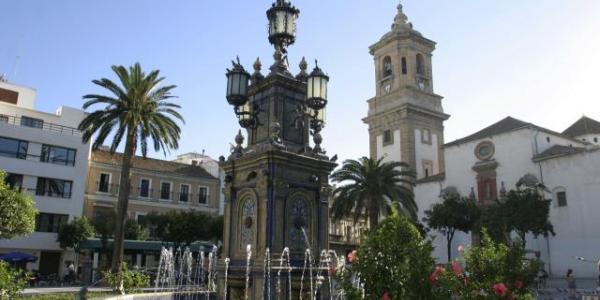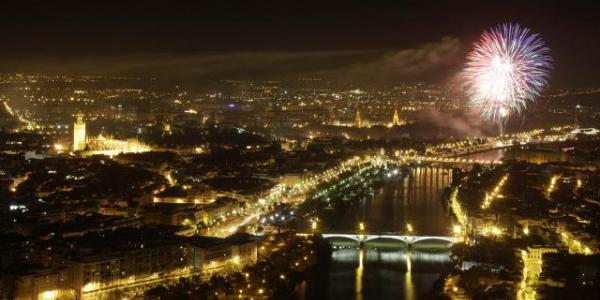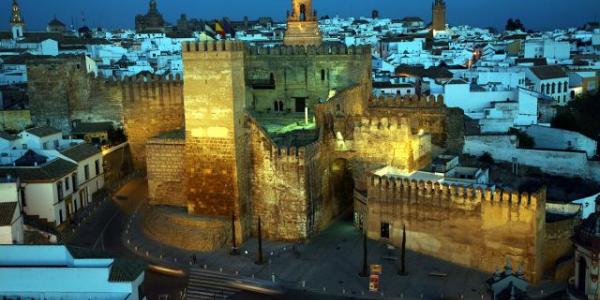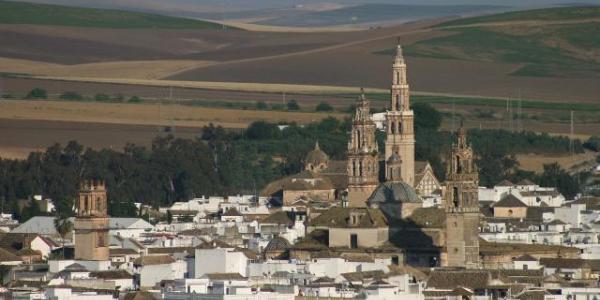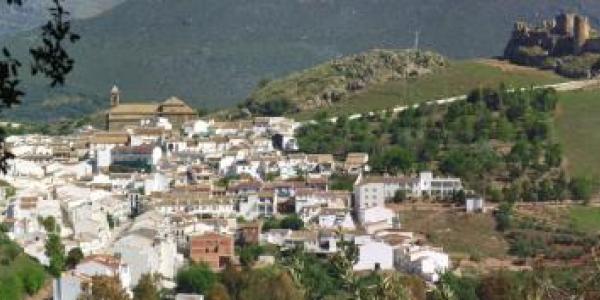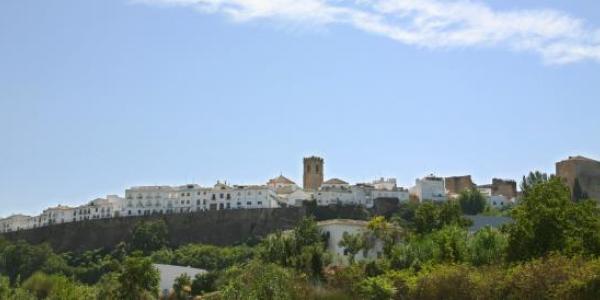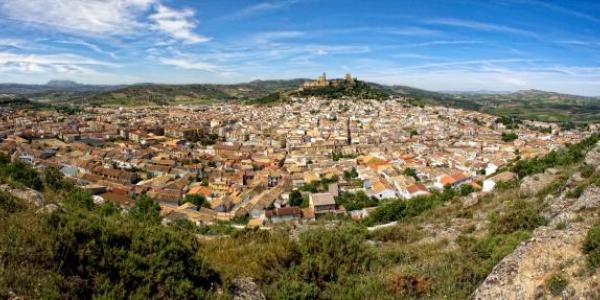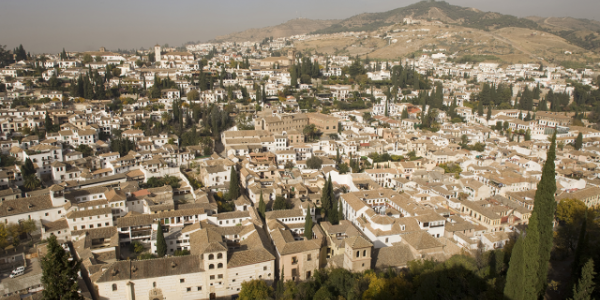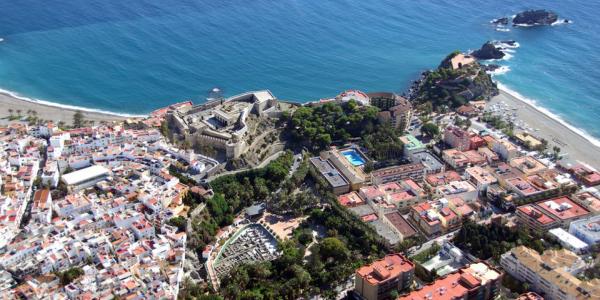Puente de Piedra (Stone Bridge)
Built over Palancar river, it is a construction dating from the Caliphate period (10-11th centuries). It is part of the road network employed in Medieval times, that it is still in use today. It consists of one single semi-circular arch with a span of 7.40 meters. The entire monument was built in masonry and its deck is not completely horizontal. In 2006 it was catalogued as Monument of Cultural Interest.
The Castle

Monument of huge archaeological interest, it raises on the top of a rocky slope that overlooks the farmhouse and lends its name to the Cerro del Castillo (Castle’s Hill). Discoveries belonging to human settlements from successive ancient ages have been discovered in that area. A proof of this is a sword dating from the Late Bronze Age (1800 BC) and an urn “Cruz del Negro” style (400 BC) that are kept in the British Museum and in the Historical Museum of Priego respectively. Continuous references to the Castle of Karkabul appear in chronicles from 9th onwards; however, the remains that have been preserved nowadays date from 13 and 14th centuries. The castle precinct is a twelve-side shaped polygon that has been adapted to the available surface; the fortress shows five towers, two square and three circular. Within the precinct, a square half-demolished structure can be seen, that might correspond to the keep. Next to the remains of the wall and towers the visitor can contemplate a straightforwardly constructed hermitage dating from 18th century.
Aljibe (cistern)
There were two original cisterns in the castle; an interior one, from which only fragments of the walls are preserved today and an exterior one, that still keeps its extraordinary attributes. Some people set its origins in Roman period and others date it in medieval times, as it seems more characteristic of Almohad Age because of the huge dimensions of the stones used.
Church of La Asunción

The most important religious building of the town (catalogued as Monument of Cultural Interest). Its origins date back to 14th century, showing architectural elements from 16 and 17th centuries. Built in masonry and brick, it shapes a Latin cross plan. The transept is covered by a semi-spherical dome on lunettes. Decoration is austere and keeps precious and valuable objects inside, such as Cristo de las Ánimas and Cristo de San Marcos by Alonso de Mena.
Municipal Historical Museum
Housed in the building of the old schools del Pilarejo. The vast chronological span it covers dates from the first human settlement known until the present day. In the municipal district of Carcabuey several archaeological sites are to be found, dating from Middle Palaeolithic, going through all the Prehistoric and Proto-historic periods, including a vast representation of Roman and Medieval Periods.



